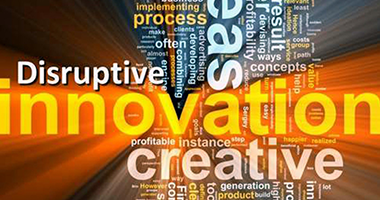 In 1947 Engineers at Bell Labs invented the Transistor. This was followed up by a team at Fairchild Semiconductor who developed the Semiconductor Integrated Circuit (I.C) in 1958. Both examples of ‘Disruptive Technology’ which changed the world forever. The phones & computers we take for granted today would not have been possible without these developments.
In 1947 Engineers at Bell Labs invented the Transistor. This was followed up by a team at Fairchild Semiconductor who developed the Semiconductor Integrated Circuit (I.C) in 1958. Both examples of ‘Disruptive Technology’ which changed the world forever. The phones & computers we take for granted today would not have been possible without these developments.
The invention of the World Wide Web by Tim Berners-Lee in 1989 is another example of Disruptive Technology which brings about a seismic shift in society.
So what is the next Disruptive Technology ? In the next posts we will examine some of the emerging technologies which may change the fabric of society forever:-
Graphene – is an allotrope of Carbon which forms a 2D hexagonal lattice one atom thick. It is incredibly strong (100 x that of steel, by weight) & also very light & flexible. It is also incredibly conductive to both electricity & heat. The potential is enormous as a material to be used in the manufacture of aerospace & automotive components.
A number of U.K companies are involved in the development of Graphene including Applied Graphene Materials as are a number of Universities. In March George Osborne officially opened the National Graphene Institute in Manchester with a government grant of over £38 million.
Once Graphene is produced in industrial quantities its use will transform society with lighter, stronger structures in Aerospace, buildings & Automotive. to name a few. It’s electrical properties will revolutionise electronics. More efficient battery technologies will make electrically powered vehicles commonplace on our roads & its use in solar cell technology will lead to cheaper greener energy.
Graphene will Disrupt Society in ways bounded by our imaginations.








